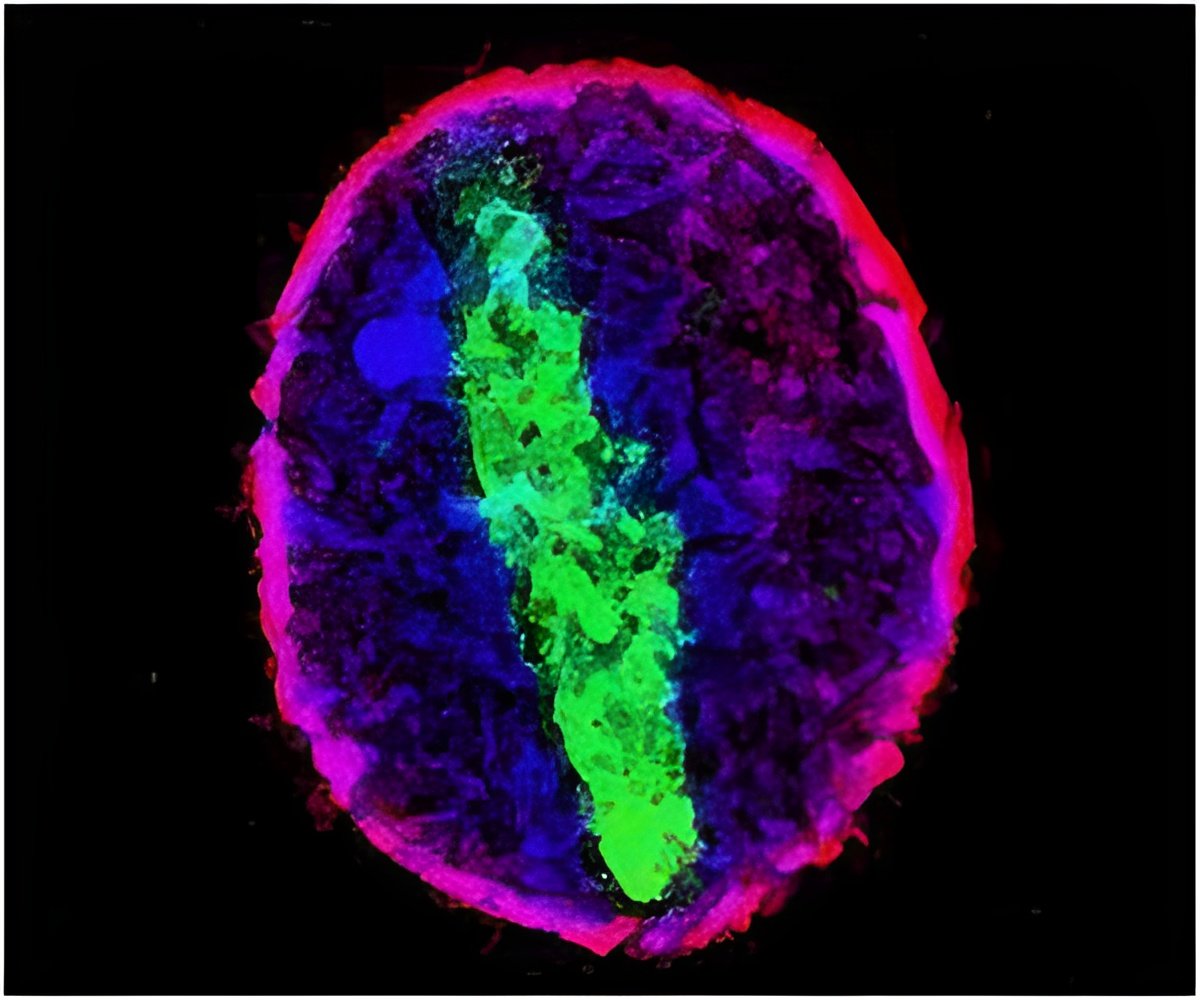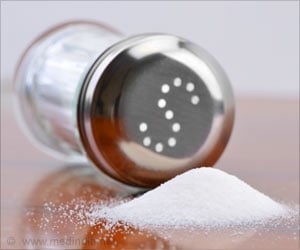When the endoplasmic reticulum undergoes disruptions or stress patients experience poor glycemic control, dyslipidemia, insulin resistance and oxidative stress.

Disturbance in any of these functions, which results in the disruption of the proper folding and secretory capacity of the ER and increased load of unfolded proteins in its lumen, defines a condition known as "ER stress."
ER stress activates a complex and multifaceted intracellular signal transduction pathway that is essentially designed to reestablish ER homeostasis. Inability to restore ER functions induces cell death, which is usually in the form of apoptosis.
According to the study, when the endoplasmic reticulum (ER) compartment undergoes disruptions or stress patients experience poor glycemic control, dyslipidemia, insulin resistance and inflammatory and oxidative stress. Therefore, targeting ER stress might be an effective treatment strategy for type 2 diabetes.
Senior researcher Muthuswamy Balasubramanyam of the Madras Diabetes Research Foundation said that they observed a disharmonious stress signaling alliance' in diabetes, adding that the future of potential practical applications of their research was that this would lead to the development of 'chemical chaperones' as a new generation class of anti-diabetic agents that should improve ER folding capacity, help to stabilize protein conformation and ameliorate ER stress.
In the study, scientists identified several endoplasmic reticulum stress markers increased in cells from patients with type 2 diabetes as compared to healthy control subjects. These endoplasmic reticulum stress markers also correlated significantly and positively with poor glycemic control, dyslipidemia, insulin resistance and inflammatory and oxidative stress markers.
Advertisement
Source-ANI















